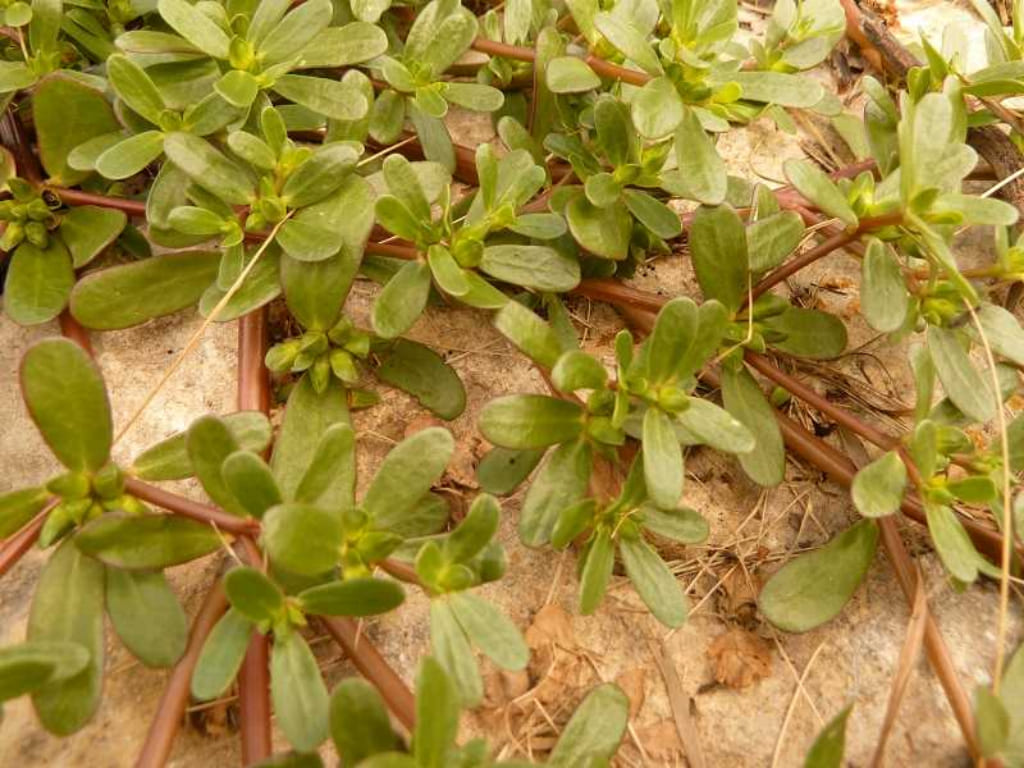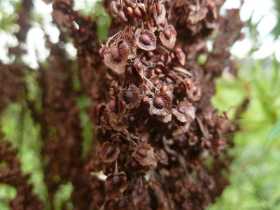Verdolaga
We were in our backyard entertaining a friend from Mexico, she looked at a ‘weed’ growing in one of
our potted plants and stated, “oh Verdolaga, you know you can eat that right?” And so it was that this
random question introduced us to a marvelous plant that appears to be highly esteemed in almost every
part of the world.
"God made the earth yield healing herbs, which the prudent man should not neglect."
Unfortunately in the United States, Purslane is mostly seen as an invasive weed, but to call this
plant a weed is to be blind to the extraordinary. For this plant is like no other plant, containing
more omega-3 fatty acids, melatonin, and antioxidants than any other plant in the world and its
vitamin and mineral levels are said to be off the charts. And to top it off, it is absolutely
delicious.
You would think that such an amazing plant would be incredibly difficult to grow, but the reality is
that this plant takes no effort to grow, coming up on its own year after year, throughout the world,
in some of the most unlikely places. Even when visiting our family in the largest city in Ecuador, we
were not surprised to find Purslane shooting up through the sidewalk cracks. Truly an amazing plant.
"All this effort to learn, when all we really have to do is remember."
Edibility
The leaves, stem, flower buds and seeds are all edible on this plant. Purslane likes heat, so you
probably won’t see it until around the middle of summer.
Purslane has a very mild crisp cucumber like taste, which will snap when you bend the leaves. We
enjoy them best raw, but they also do well when cooked. The seeds are also edible and are used
throughout the world in breads, cereal, and pancakes. Even the burnt plant is said to be a fairly
good salt substitute.
If food is to be our medicine then Purslane would be perhaps one of the best medicines we could
take. It appears to have many medicinal properties, as it has been used throughout the world for
reducing fevers, expelling worms, and curing infections. There is even some evidence that it may
have the ability to help prevent heart disease, cancer and Alzheimer’s disease due to its high
content of omega-3s.
Recipes
Every country seems to have their own unique way of preparing this culinary delight. It is good in
salads, stir-fry, soups, and stews. Here are some of the ways we eat it:
Omelet
We like to add Purslane to our omlets, with some onion and garlic. Makes a great tasting omelet.
Salad
Purslane is a great addition to our salads, improving both the looks and nutritional content.
Veggie Soup
We also like to add a little chopped up Purslane to our veggie soup, gives it a nice small touch of
tangy goodness.

